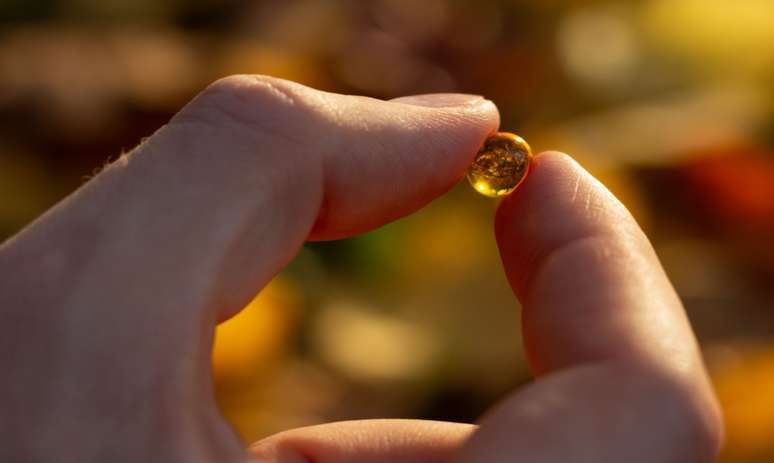-
A 25-year-old sloth living at Chester Zoo in England recently underwent unprecedented dental surgery after keepers noticed swelling on his face.
Photo: Editing/Playback @chesterzoo / Flip
-
After tests, including a CT scan, veterinarians identified two root abscesses: infections around the roots of the teeth that cause pain, swelling and difficulty eating.
Photo: reproduction/@chesterzoo / Flip
-
Given the severity of the case, an apicoectomy was performed, a rare procedure in animals of this species.
Photo: Disclosure/Newcastle University / Flipar
-
“Due to the sharp tip of the tooth and the fact that there was a large amount of infection at the base of the tooth, we had to look at alternatives to standard root canal treatment to have any chance of saving the teeth,” explained Charlotte Bentley, resident vet at Chester Zoo.
Photo: Disclosure/Newcastle University / Flipar
-
The operation involved collaboration between zoo vets and dentists at Newcastle University.
Photo: Wikimedia Commons/Sarah Cossom/Flipar
-
The postoperative period was positive: after a week the abscesses did not recur and the tests confirmed Rico’s recovery.
Photo: reproduction/@chesterzoo / Flip
-
Rico is a two-toed sloth (Choloepus didactylus), a species endemic to the Amazon rainforest.
Photo: Disclosure / Flip
-
Lately, two-toed sloths have suffered from population declines caused by deforestation and agricultural expansion in the states of Amazonas, Pará and Amapá. Find out more about this fascinating animal!
Photo: Wikimedia Commons/Creative Commons/Julien Renoult/Flipar
-
Also known as the king sloth, the two-toed sloth is native to the tropical forests of South America, including countries such as Brazil, Venezuela, Colombia, Guiana and Peru.
Photo: Flickr/© Hans Hillewaert/CC BY-SA 4.0 / Flip
-
Unlike three-toed sloths (genus Bradypus), this species has only two toes on its front paws, suited to a slow life suspended in trees.
Photo: Wikimedia Commons/Nzoo Bojnice/Flipar
-
Its body is covered with thick, thick fur, which can shelter algae and small invertebrates, contributing to its camouflage in the environment.
Photo: public domain/Flip
-
Adapted to the upper canopy, the two-toed sloth rarely descends to the ground, where it becomes vulnerable to predators.
Photo: Wikimedia Commons/Katie Chan/Flipar
-
The sloth’s slowness is an energy-saving adaptation, as its diet is based mainly on leaves, fruits and occasionally small invertebrates.
Photo: Spanhove/Pixabay/Flipar
-
Furthermore, sloths are solitary and nocturnal animals, spending most of their time sleeping (up to 15 hours a day) and moving only when necessary.
Photo: Stefan Parnet/Pixabay/Flipar
-
This species is solitary and encounters other individuals only mainly during the breeding season.
Photo: Flickr – Eric Kilby / Flipar
-
After gestation, which lasts approximately 10-11 months, a single calf is born, which remains with its mother for several months.
Photo: Flickr – Kitty Terwolbeck / Flipar
-
The preservation of two-toed sloths is essential to maintaining the balance of forest ecosystems, where they act as seed dispersers and hosts for symbiotic species.
Photo: Wikimedia Commons/Hartmut Inerle/Flipar
To share
Source: Terra
Ben Stock is a lifestyle journalist and author at Gossipify. He writes about topics such as health, wellness, travel, food and home decor. He provides practical advice and inspiration to improve well-being, keeps readers up to date with latest lifestyle news and trends, known for his engaging writing style, in-depth analysis and unique perspectives.







